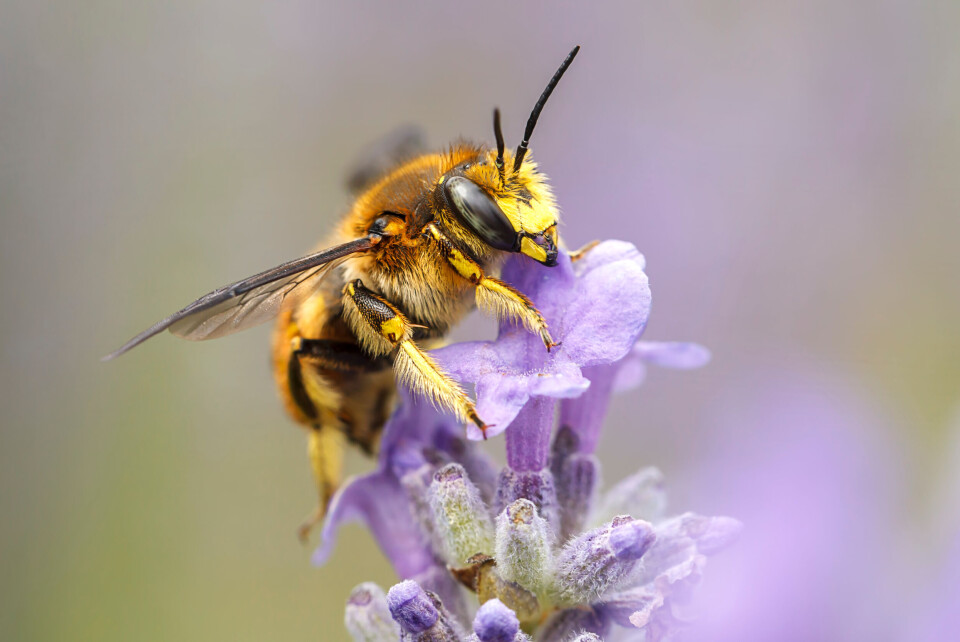-
How can I protect my second home in France from mice while I am away?
Pests can enter homes at any period
-
Warnings issued in France over rise in QR code scams: How to protect yourself
Fake links and payment traps are increasingly used to steal data as QR codes become more widespread
-
Duck Cold! Four French phrases to use when it is freezing outside
We remind you of French expressions to use to describe the drop in temperature
Help bees - grow their favourite colour flowers in your French garden
Bees are vital for crop pollination and the ecosystem and yes they do have a favourite colour

Protecting bees is not the preserve of professional or hobby apiculteurs – we can all do our bit by providing the nectar and pollen they need to thrive, as well as nesting habitats.
Read more: Why are bees dying in winter? French beekeeper survey may help
A good mix of flowering plants will support a range of species that fly at different times of the season, but pay attention to the following:
Local plants for local bees
Favour native plants over more exotic blooms.
Not only does research suggest local bees prefer these, but they are also usually well adapted to your growing conditions and can flourish with minimum attention.
Bees have a favourite colour
Purple is the colour bees see more clearly than any other, so plants such as lavender, alliums, buddleia and catmint are likely to be a hit.
Blue, white and yellow flowers will also be popular with bees, so do not rush to pull them up!
Simple flowers
Pay attention to flower shape.
Prioritise plants with single over double flowers, which have so many petals the bees might struggle to reach the central part where the nectar and pollen are found.
Meanwhile, tubular-shaped flowers such as foxgloves, honeysuckle, penstemons and snapdragons are an important source of food for long-tongued bees, such as the garden bumblebee.
All year blooms
Grow flowers year-round if possible.
While bees are usually most active from March to September, some come out of hibernation early in mild weather.
Winter honeysuckle and winter clematis are good options in colder months.
Read more: Your French garden - growing clematis in containers and pots
Organic is best
Avoid toxic pesticides that can be harmful to bees as well as the bugs you were aiming to get rid of.
Choose bee-friendly organic fertilisers.
Related articles
‘Our hives protect bees’: alternative way of beekeeping made in France
























